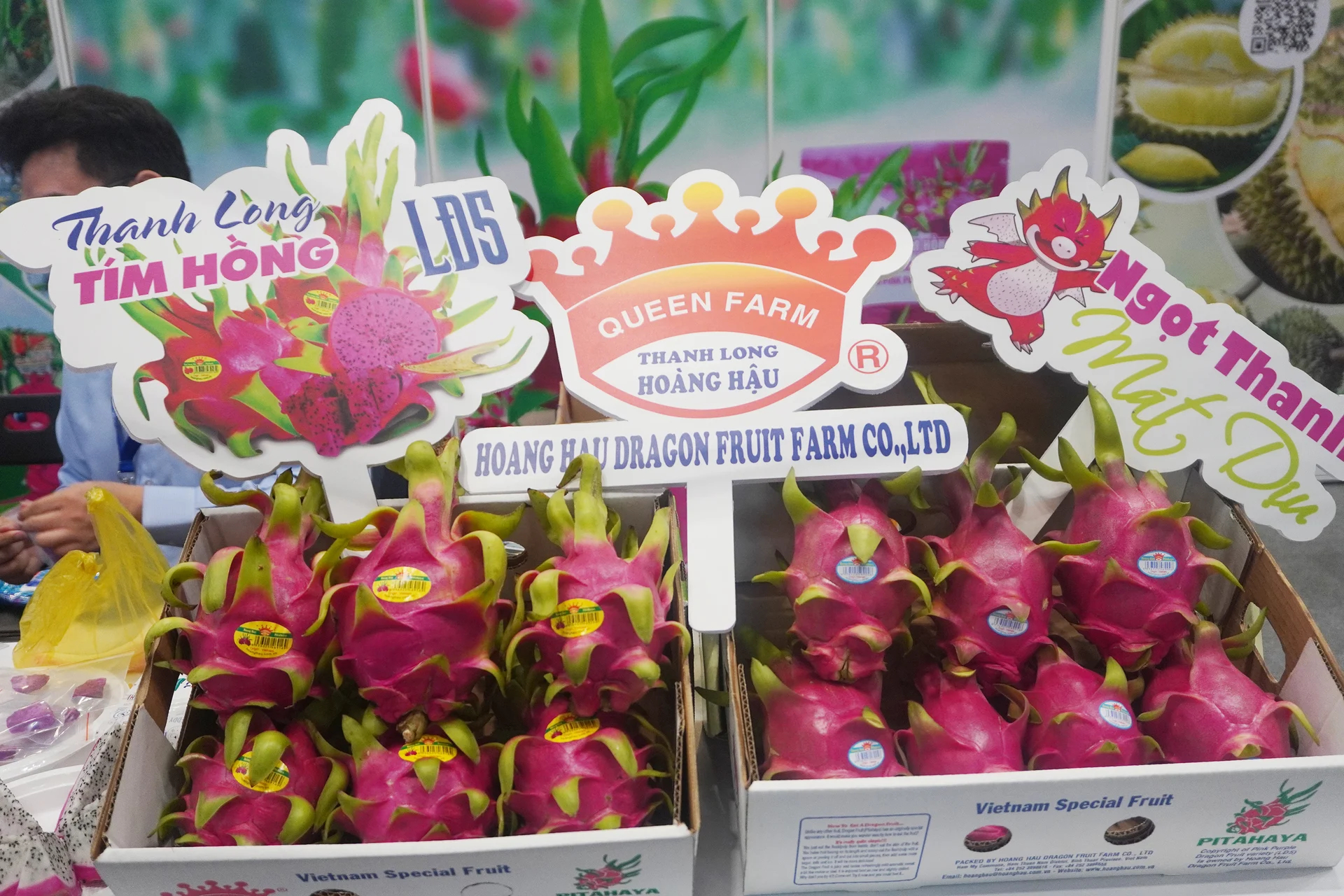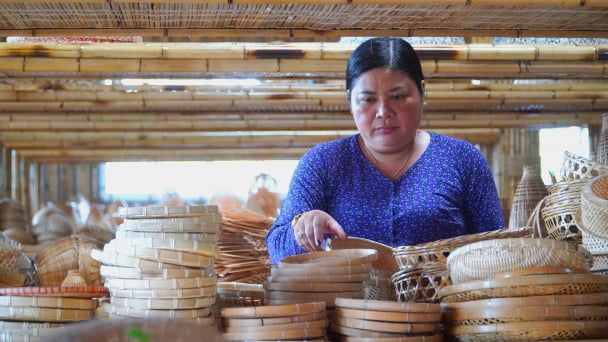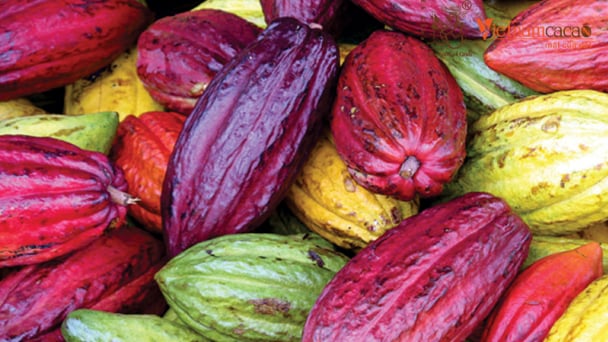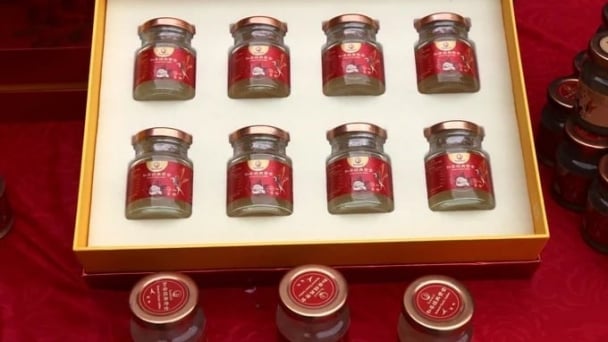May 27, 2025 | 16:40 GMT +7
May 27, 2025 | 16:40 GMT +7
Hotline: 0913.378.918
May 27, 2025 | 16:40 GMT +7
Hotline: 0913.378.918

Wooden furniture ranks among the top 10 key export items from Vietnam to the United States. Photo: Nguyen Thuy.
According to Ms. Cao Thi Phi Van, Deputy Director of the Ho Chi Minh City Investment and Trade Promotion Center (ITPC), with Vietnam’s trade surplus with the U.S. steadily increasing from USD 63.4 billion in 2020 to nearly USD 106 billion in 2024, the country is now on the list of nations facing potential retaliatory tariff measures from the United States.
In response, the Vietnamese government is actively preparing for negotiations, aiming to build a balanced and sustainable trade relationship, while protecting the legitimate interests of Vietnamese enterprises. In addition, regulatory measures such as stricter origin verification, promotion of bilateral investment, and development of the domestic market are being accelerated.
“We should see this as an opportunity for businesses to reflect, innovate, and enhance their adaptability,” emphasized Ms. Cao Thi Phi Van.
Many experts agree that if Vietnamese companies want to tap into the high-potential U.S. market, they can no longer just "export as usual" - they must export with a strategy.
From understanding the rules of the game, upgrading products, and building a brand, to proactively contributing to international policy, all are essential steps in the journey to assert the position of Vietnamese enterprises on the global trade map. Therefore, to firmly stand in the big leagues, businesses need not only good products but also big thinking.
According to Mohammed Selia, CEO of FulfillPlus, Vietnam currently does not have a Free Trade Agreement (FTA) with the United States, and therefore does not enjoy tax incentives. As such, the prerequisite for Vietnamese businesses now is to clearly understand the HTS code, the origin, and the value of their goods.
Mr. Mohammed Selia cautions Vietnamese companies: In the furniture industry, wood products are at risk of anti-dumping duties, so compliance with the Lacey Act and state regulations (e.g., California’s requirements on fire retardants) is essential. In the agricultural and seafood sectors, it is mandatory to register with the FDA/USDA, file declarations early, and ensure the cold chain is maintained. For the handicraft sector, tariffs are usually low, but it’s important to avoid using prohibited materials.
Additionally, Mr. Selia recommends that Vietnamese businesses: maintain warehouses in the U.S. to shorten delivery times; focus on packaging design and product quality to make a strong impression; and collaborate with reputable logistics partners in the U.S. to ensure a seamless supply chain.

Vietnamese agricultural products are favored in the U.S. market. Photo: Nguyen Thuy.
According to Dr. Tran Son, small and medium-sized enterprises (SMEs) in the fields of agricultural and aquatic products, wooden furniture, and medicinal herbs have great potential and should collaborate to form a strong collective brand to enter the U.S. market.
According to Dr. Tran Son, Assistant Professor of Business at SUNY Cobleskill and advisor to the U.S.-Vietnam Business Council, the shift in U.S. trade policy has moved from supporting free trade to emphasizing strategic trade, closely tied to industrial and national security concerns.
“Vietnam is an attractive destination in the ‘China +1’ strategy, but it is also under close scrutiny for origin fraud, labor standards, anti-dumping, and labeling regulations,” said Dr. Tran Son. He recommends that to maintain a strong foothold in the U.S. market, Vietnamese businesses must establish a comprehensive documentation system, provide transparent labeling, and proactively meet Environmental, Social, and Governance (ESG) standards. In addition, they should transition from Original Equipment Manufacturing (OEM) to developing their own brands (Original Brand Manufacturing - OBM), invest in R&D, design, and customer experience.
Furthermore, businesses should increase their presence and voice in industry associations and participate in policy consultations to demonstrate professionalism and reliability.
Notably, Dr. Tran Son urges both businesses and the government to develop a national branding strategy and industry-specific branding, with quality, compliance, transparency, and traceability as core values.
“The U.S. is a 'treasure trove' for goods consumption, accounting for 30% of global consumer demand. Among this, approximately 2.5 million Vietnamese people living in the U.S. have a preference for products made in Vietnam over those from China or Thailand. Therefore, we must shift from the image of a low-cost manufacturer to that of a reliable partner providing high-value specialty products,” emphasized Dr. Tran Son.
Meanwhile, Ms. Jennifer Diaz, an attorney with over 20 years of experience in U.S. customs and trade law, warned that exports to the U.S. are being closely monitored due to heightened tariff policies. Specifically, products that use raw materials from China but are finished in Vietnam must declare their origin accurately and transparently to avoid suspicions of trade fraud.
Ms. Jennifer Diaz stressed that Vietnamese businesses must be cautious when labeling products as “Made in Vietnam,” ensure full documentation of the supply chain, sales contracts, and carefully choose the appropriate type of warehouse in the U.S. (bonded vs. regular warehouse) to maintain flexibility in paying import duties.
"In the context of the U.S. prioritizing domestic manufacturing and limiting imports, risk management, continuous policy updates, and thorough negotiations with import partners are key solutions to help Vietnamese businesses maintain stable exports to this market," advised attorney Jennifer Diaz.
Translated by Phuong Linh

(VAN) Russia more than doubled halal poultry exports in 2024, aiming to further boost sales by the end of the decade.

(VAN) Amidst the current intense competition, businesses must establish sustainable linkages, prioritize technological investments, build brand identity, and obtain international certifications.

(VAN) As director of the Thuy Tuyet Bamboo and Rattan Handicraft Cooperative in Soc Trang, she has revitalized a traditional craft, generating sustainable livelihoods for hundreds of workers - particularly from the Khmer ethnic minority.

(VAN) Vietnam has been classified as a ‘low-risk’ country for deforestation under EUDR, granting local producers a strategic edge in sustainable market development.
/2025/05/19/2617-14-211139_18.jpg)
(VAN) Vietnamese bird's nest enterprises are eager to access the promising Chinese market; however, only those with thorough preparation, truthfulness, strict regulatory compliance, and consistent product quality will be positioned for success.

(VAN) For Vietnamese bird's nest products to penetrate deeply and sustainably into the Chinese market, it requires not only product quality but also strict compliance with the regulations on quarantine, traceability, and food safety.